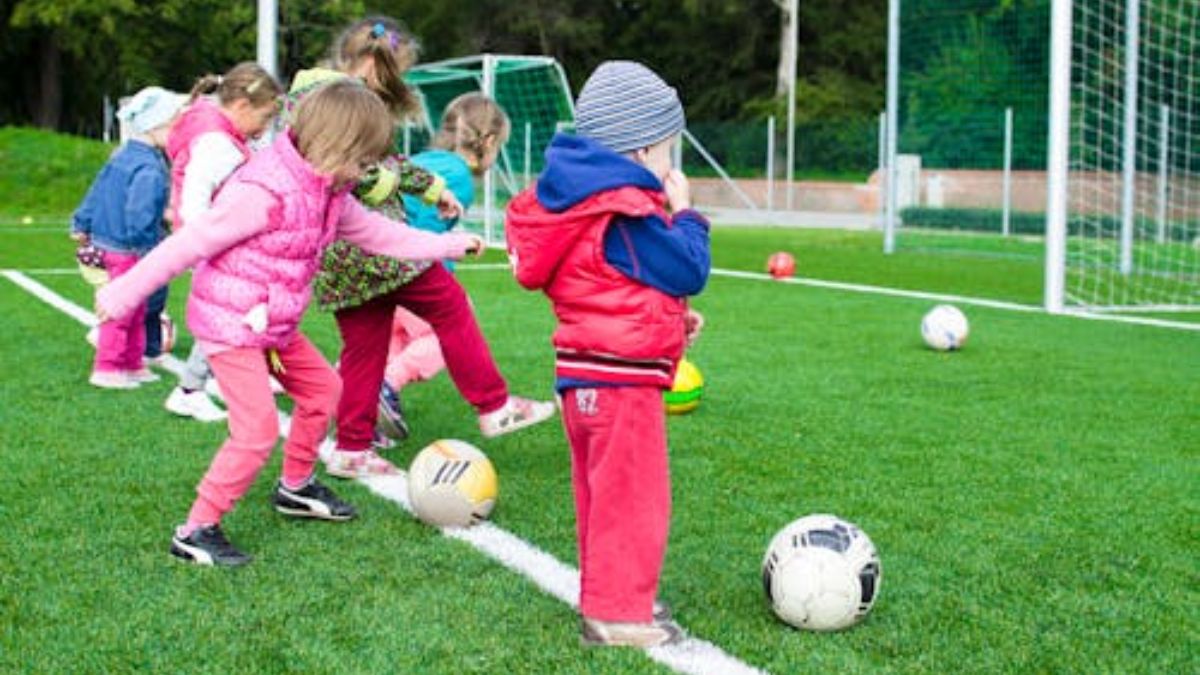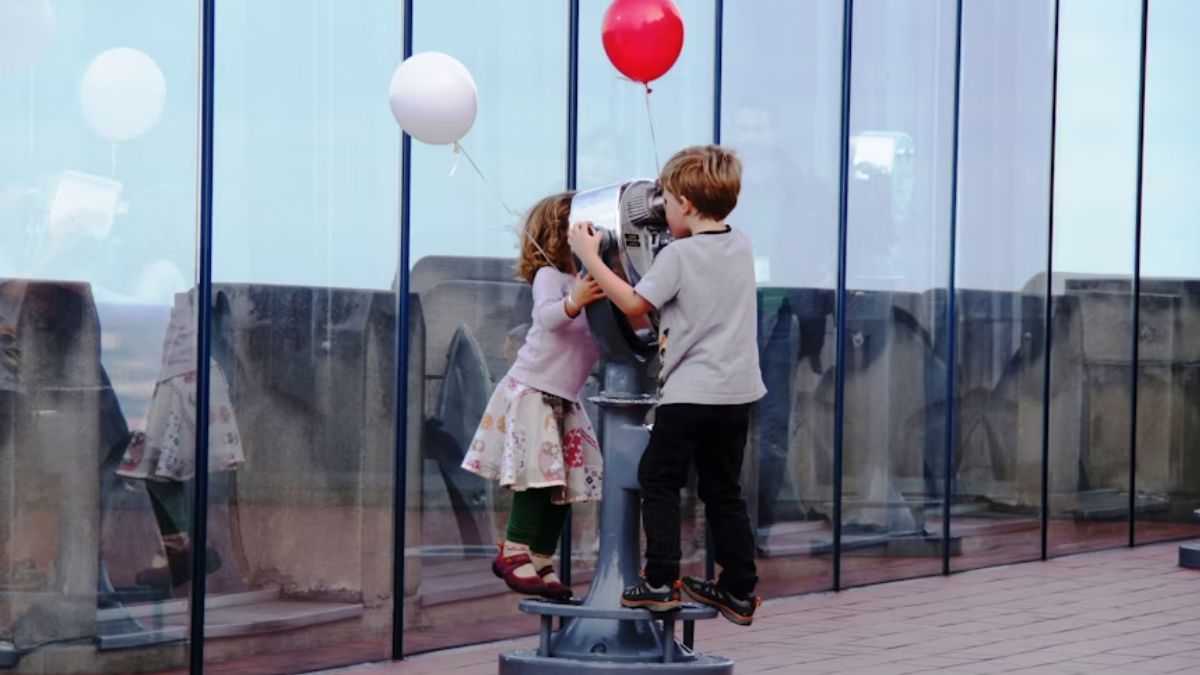Have you ever watched someone blossom? Maybe they found their voice, made a new friend, or learned a skill you thought might take years. That kind of change is what ABA therapy can help spark.
ABA, or applied behavior analysis, is more than just a teaching strategy. It is a scientifically supported method of assisting individuals, particularly those with autism spectrum disorder (ASD), in improving their independence, social skills, and communication.
But it’s not only about “learning skills.” It’s about creating moments where confidence shines. Where connections happen. Where daily life feels a little less overwhelming.
So, what makes ABA so effective? Let’s take a walk through it, from the basics to the real-life wins families see every day in places like Applied Behavior Analysis Maryland and beyond.
What Is Unique About ABA Therapy?
The foundation of ABA is the notion that reinforcement can be used to teach, mold, and enhance behavior. But it’s not a cookie-cutter plan. A BCBA—short for Board Certified Behavior Analyst—looks at a person’s strengths, challenges, and goals. Then they create a step-by-step plan.
One child might work on smoother school transitions. Another might focus on expressing feelings. Either way, the goal is the same—more independence, more confidence, more joy.
1. Building Communication, One Step at a Time
One of ABA’s biggest strengths? Helping people communicate. That could mean speaking more words. It could mean learning to use gestures, facial expressions, or a device.
Picture this—before ABA, a child might pull an adult’s hand toward a toy. After some time in therapy, they may say “ball,” point to the shelf, or use a hand sign. All of a sudden, they can be heard in many ways.
Researchers in Wuhan, China, achieved a breakthrough in 2023. They discovered that amazing things occurred when autistic kids received focused ABA. Along with an improvement in their verbal and nonverbal communication, something important started to occur at home. Parents began to notice the small moments they had assumed they would never have, such as happy “hellos” at the door or chuckles around the dinner table.
2. Social Skills That Open Doors
Social skills don’t come naturally to everyone. But they can be learned. ABA therapy benefits break them into small steps—making eye contact, taking turns in a game, or joining a group chat.
In real life, this might look like:
- Starting a conversation at recess
- Knowing when it’s your turn in a board game
- Spotting a sad classmate and asking if they’re okay
In one study, children with autism who had ABA twice a week for two months became more active in group play and peer interactions. Families working with applied behavior analysis Maryland providers often call these moments turning points.
3. Calming Problem Behaviors
Some behaviors—like yelling, hitting, or throwing things—make learning and connecting harder. ABA doesn’t just aim to stop them. It looks at why they happen. Then it teaches better ways to respond.
Say a child throws toys when frustrated. ABA might help them learn to ask for help or take a break instead. These new routines can eventually quiet down both the home and the school.
Consistent ABA sessions reduced aggressive and self-harming behaviors, according to one long-term study. Many people kept those gains years later.
4. Daily Living Skills in ABA That Build Independence
Brushing teeth. Tying shoes. Pouring cereal. These small tasks add up to real independence. ABA teaches them in bite-sized steps, with practice until they stick.
Families often share big wins. Maybe it’s the first time their child packs their lunch. Or gets ready for school without a single reminder.
ABA isn’t just for kids. Adults can use it too. Want to feel more confident handling money? Cooking your own meals? Taking the bus or train? These are real-life skills that open doors. They help you live with more independence. They also make it easier to be part of your community.
5. ABA for Big Emotions
Frustration. Excitement. Worry. For some, these feelings can feel huge, almost too big to control. Without the right tools, they can spill over into the whole day.
But here’s the good news: with ABA, there’s a way forward. Simple techniques like deep breathing, requesting a break, or spending a short while in a quiet area can have a profound impact.
And when that happens? Parents start to notice it everywhere as fewer meltdowns, smoother mornings, and more stress-free outings. Home doesn’t just feel quieter—it feels happier.
6. Making Routines and Transitions Smoother
Switching from play to homework or from home to school can be tricky. What helps make it easier? ABA uses tools like picture schedules and short, step-by-step practice.
With time, these skills build flexibility. Picture this—a child who gets upset when plans change and to becoming someone who can adapt, maybe even crack a smile.
7. The Power of Personalization
No two people are alike, so no two ABA plans are exactly the same. A program in applied behavior analysis in New Jersey could look very different from one in Maryland—even with similar goals.
Why? Every plan is based on detailed assessments, progress tracking, and adjustments along the way. That’s one reason ABA has strong results across many studies.
- ABA is among the most researched treatments for autism. Language, social skills, everyday living abilities, and independence all demonstrate consistent improvements across decades of research.
- Lovaas (1987) found that early, intense ABA helped young autistic children improve their adaptive behavior and IQ in quantifiable ways.
- Children in ABA programs advanced better in everyday skills and communication than those in mixed-method programs, according to Smith et al. (2000).
These findings are consistent in families, schools, and clinics.


When a BCBA Steps In
A BCBA isn’t just a therapist. They are a data tracker, a coach, and a strategist. They direct therapy, provide staff and family training, and adjust programs as necessary.
Because of this, ABA isn’t static. It grows with the person. Over time, little victories add up to significant transformations.
Small Changes That Mean the World
ABA’s magic frequently manifests itself in ordinary situations:
- When a child first greets their sibling at the entrance
- A morning routine finished without reminders
- Participating in a game and sharing laughter with others
These are links to independence, self-assurance, and connection, not just new abilities.
Concluding Remarks
Shining Moments ABA provides adaptable, research-based support to help people develop from homes across the country to the center of Maryland. ABA aims to provide children with the skills they need to thrive in everyday life rather than attempting to alter an individual’s identity.
What happens when communication flows? Friendships can start. Emotions may feel easier to handle. Daily tasks might become second nature. Life begins to open up in new ways. That’s the power of ABA—and it’s what inspires Shining Moments ABA every day.
Progress isn’t only about skills. It’s the confidence to face new situations. It’s the delight of relating to other people. It is the freedom to go throughout the world more easily.
Are you prepared to witness what your loved one or child can achieve? Contact us right now. A single conversation may open the door to a brighter and more connected future.
More Like This Articles
 Shining Moments ABA Therapy
Shining Moments ABA Therapy
Shining Moments ABA Therapy
 Choosing the Right ABA Provider in Maryland and New Jersey
Choosing the Right ABA Provider in Maryland and New Jersey
Choosing the Right ABA Provider in Maryland and New Jersey
 The Benefits of ABA Therapy: From Communication to Social Skills
The Benefits of ABA Therapy: From Communication to Social Skills



